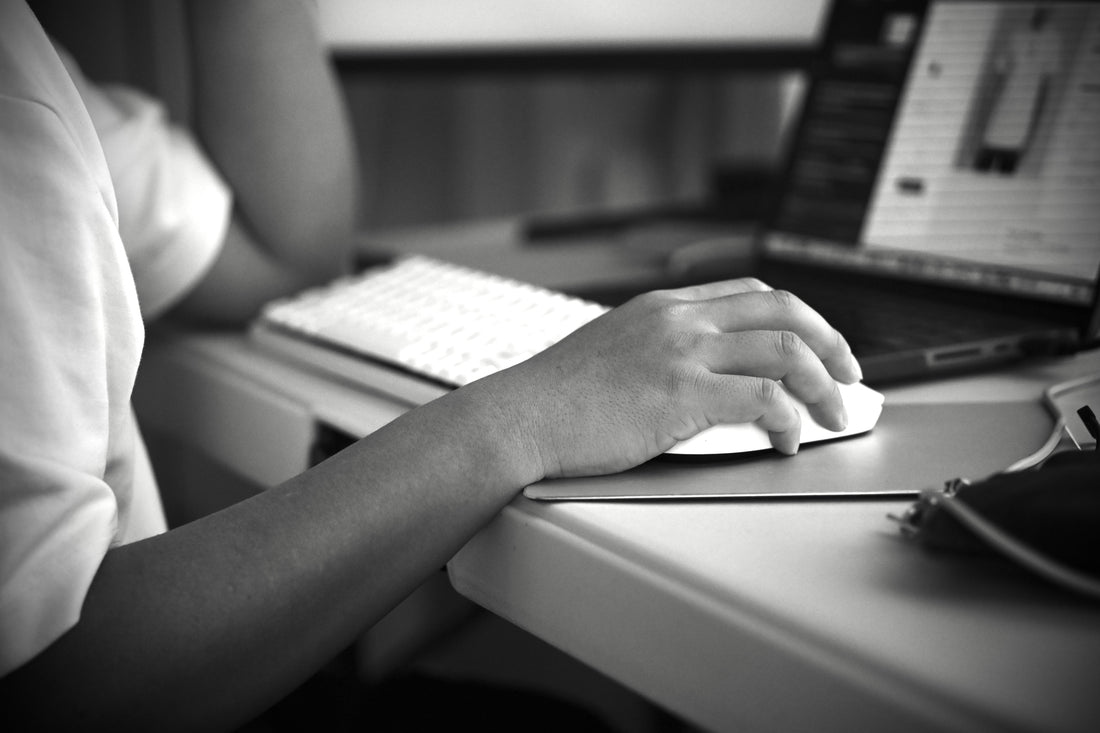
AI Shirt Drawing: The New Frontier of Personalized Fashion
Why AI Shirt Drawing is Taking Over
AI shirt drawing is no longer just a futuristic concept. It is a practical, rapidly emerging approach to fashion design that is transforming how consumers and creators interact with apparel.
As generative AI tools like Midjourney, DALL·E, and Stable Diffusion continue to evolve, they now offer the ability to generate stunning, high-resolution images suitable for direct-to-garment printing.
These tools can convert simple text prompts into intricate illustrations, surreal compositions, and highly personalized visuals. This unlocks an entirely new level of creative freedom where individuals without any formal design training can now design their own shirts.
What was once limited to professional illustrators or expensive custom shops has become available to anyone with internet access and a bit of imagination.
From Image to Garment: The New Creative Process
In traditional fashion, graphic T-shirt design was a labor-intensive process that required illustrators, mockups, and a deep understanding of screen printing techniques.
Now, with AI shirt drawing, the design cycle has been compressed into minutes. A creator simply enters a descriptive phrase, such as "a neon dragon flying through a cyberpunk city," and AI generates several viable options. These images can then be printed onto T-shirts using modern methods such as direct-to-garment (DTG) or dye-sublimation.
This process has drastically lowered the barrier to entry, allowing independent creators, influencers, and even casual users to produce highly unique designs that reflect their own identity. The result is an explosion in microbrands and custom fashion lines that thrive on individuality, speed, and digital fluency.
The Disconnect Between Creative Freedom and Production Reality
While AI shirt drawing enables near-infinite design possibilities, translating those designs into physical products still presents challenges. Many consumers and creators are unaware of the technical limitations of print methods.
For example, screen printing requires separate screens for each color, so AI-generated images with complex gradients or countless color layers are expensive or even impossible to produce affordably.
Designers may not realize that their artworks demand six, eight, or more screens, each adding time and cost. In contrast, DTG or sublimation printing can accommodate these designs, but these techniques have their own constraints, such as fabric compatibility and long-term durability.
This disconnect highlights the need for better education tools that bridge AI creativity with manufacturing feasibility. Platforms that can automatically evaluate a design's production-readiness and recommend suitable printing methods would help creators make informed choices.

What This Means for Designers and Consumers
For designers, AI shirt drawing is a wake-up call. Their roles are shifting from being image creators to becoming creative directors, prompt engineers, and craft integrators.
Knowing how to work with AI tools is no longer optional but essential.
Just as Photoshop revolutionized graphic design, AI tools are redefining what it means to design fashion in the digital age.
For consumers, this shift means an unprecedented level of personalization. They can now generate clothing that reflects their mood, values, fandoms, or aesthetic preferences.
However, it also brings a new kind of design literacy requirement. Understanding how to generate practical, printable designs will become a vital part of the customization experience.
Solving the Pain Point: Usable AI Designs
To make AI shirt drawing truly scalable and efficient, creators and platforms must address the production gap. Solutions may include AI models trained to understand textile limitations, automatic color-layer simplification, or plug-ins that simulate how a design would perform under different print techniques.
Additionally, curated prompt templates optimized for print-friendly results can guide creators toward feasible designs. As this infrastructure develops, the process from AI-generated concept to wearable reality will become more seamless and sustainable.
The Future of Fashion Is Personal and Programmed
We are entering an era where fashion is no longer defined by seasonal trends or centralized brands. Instead, it is driven by individual expression, fast iteration, and digital tools. AI shirt drawing is at the core of this transformation. It empowers everyone to become a creator, challenges traditional design pipelines, and redefines how we think about clothing.
As printing technologies advance and AI models grow more textile-aware, the fusion of software and fashion will only deepen. In the future, a person might simply describe what they want to wear in a sentence, and the entire process—design, fit, material selection, and printing—will unfold automatically.
Personalized fashion is no longer a niche; it's the next norm.
